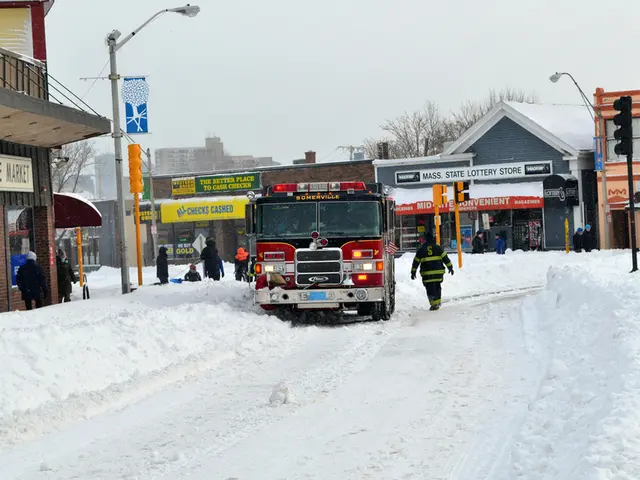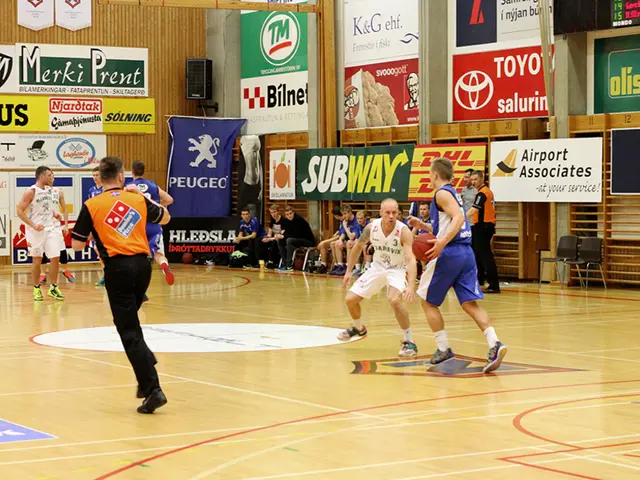Storm Surge "Zoltan" Causes Chaos, Offers Photo Opportunities in Hamburg and Schleswig-Holstein
The recent storm named "Zoltan" brought chaos to the roads and railways in northern Germany, particularly affecting rail travelers. Some subway trains in Hamburg were running slower, and some ferries in the north did not operate at all. Three individuals sustained injuries in car accidents in Schleswig-Holstein.
Hamburg saw its highest storm surge level at 3.33 meters, measured at St. Pauli's gauge, causing the fish market, Elbe promenade, and Hafencity to flood, in some cases up to waist-deep. However, just a few hours after reaching its peak, the Hamburg police gave the all-clear. The Interior Ministry was satisfied with their response, commenting, "We were very well prepared and managed the situation very well."
The Hamburg fire department conducted 200 operations without injuries, focusing on clearing fallen trees and branches from roads and collecting loose debris. The subway trains in Hamburg ran halved speed until the early afternoon due to the storm, with occasional delays or brief line closures caused by falling trees.
The storm had a significant effect on train services, with numerous cancellations recorded across the country, primarily impacting cities such as Hanover, Kassel, Frankfurt, Stuttgart, Basel, and Munich. Deutsche Bahn expected high capacity utilization for the weekend but allowed booked tickets to be used for alternative routes with the same destination.
Water disruptions also occurred, affecting the Föhr-Amrum line and Hallig line, which were either suspended or operated on a special timetable. Ferry services were canceled in the morning between Pellworm and Nordstrand, and the ferry schedule between Rømø, Denmark, and the North Sea island of Sylt was adjusted.
The Eider barrage near Tönning saw the water rise most strongly, with a water level of 2.51 meters above mean high water (MHW) measured, considered a severe storm surge. The storm remained powerful in the coastal area, with heavy squalls expected in the evening with wind speeds of around 100 kilometers per hour, according to the German Weather Service.
Despite the flooding, Hamburg's well-prepared infrastructure kept the situation under control. Residents and tourists alike were drawn to the flooded areas, particularly the fish market, to witness the spectacle. Gudrun Wetzel, a 70-year-old resident, expressed a sense of awe, saying, "It was very impressive."
Previous severe storm surges on the Elbe occurred in January and February 2022, with water levels reaching 3.75 meters above mean high water in February, as a result of storm depression "Zeynep."
Source:
Enrichment Data: To gain more detailed information about the specific impacts and responses to the storm surge "Zoltan" in Hamburg and Schleswig-Holstein, you may search for local news sources, weather reports, or regional agency reports that offer more comprehensive coverage of the event.








